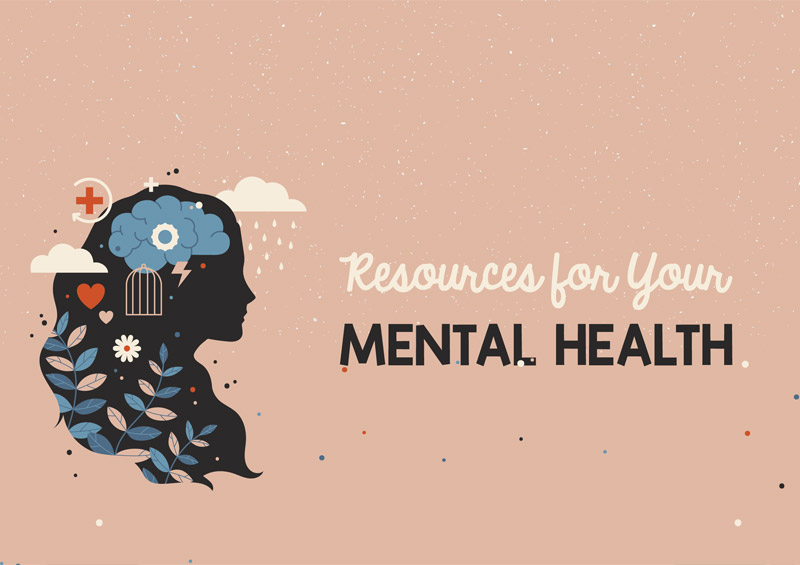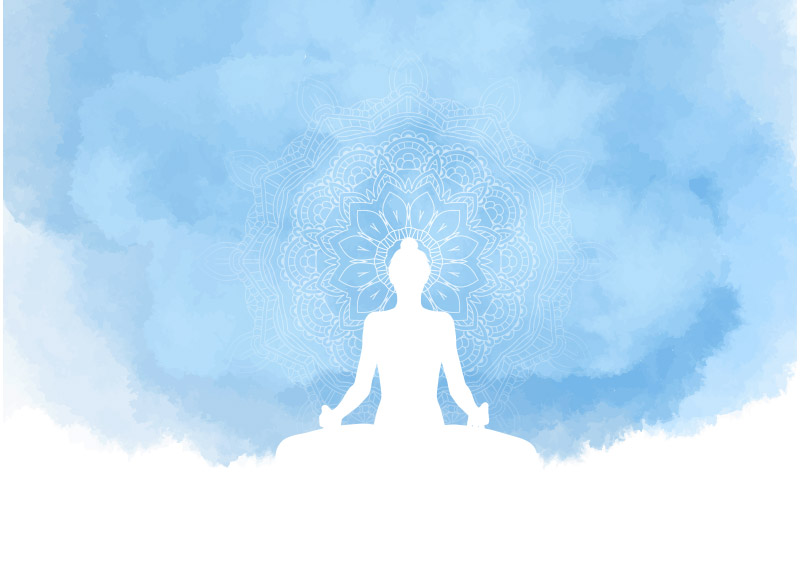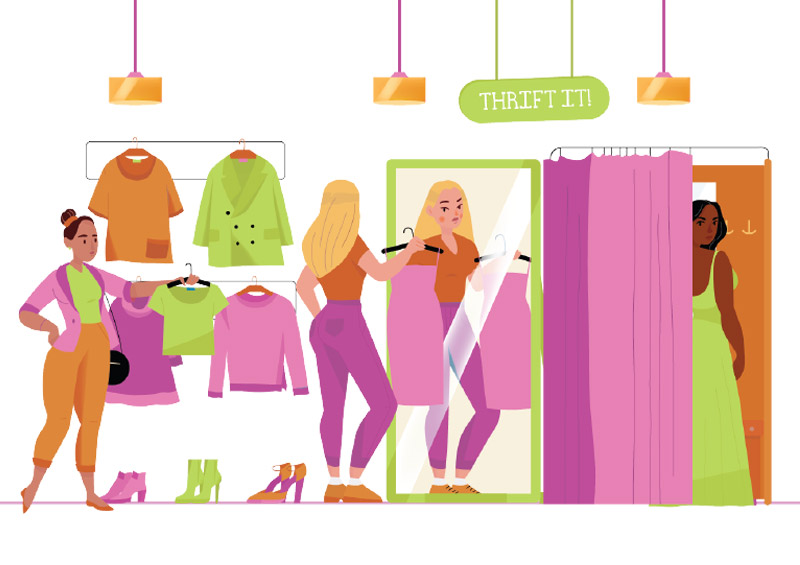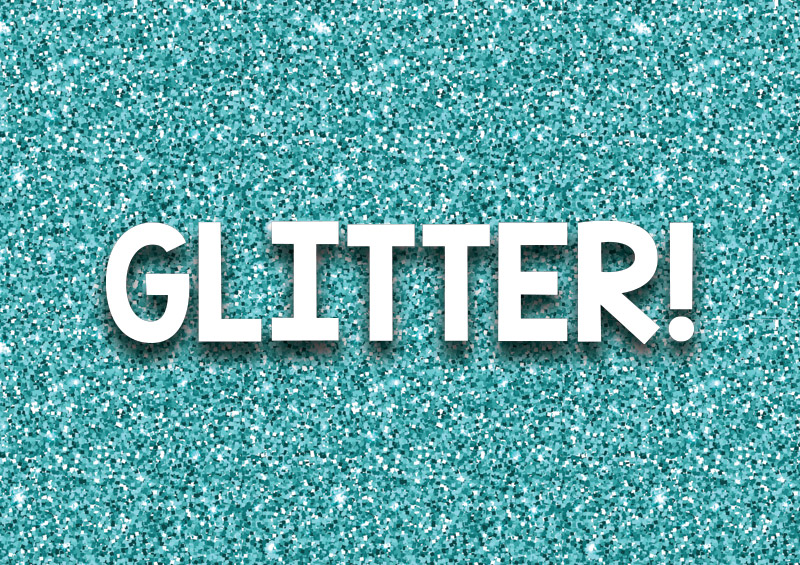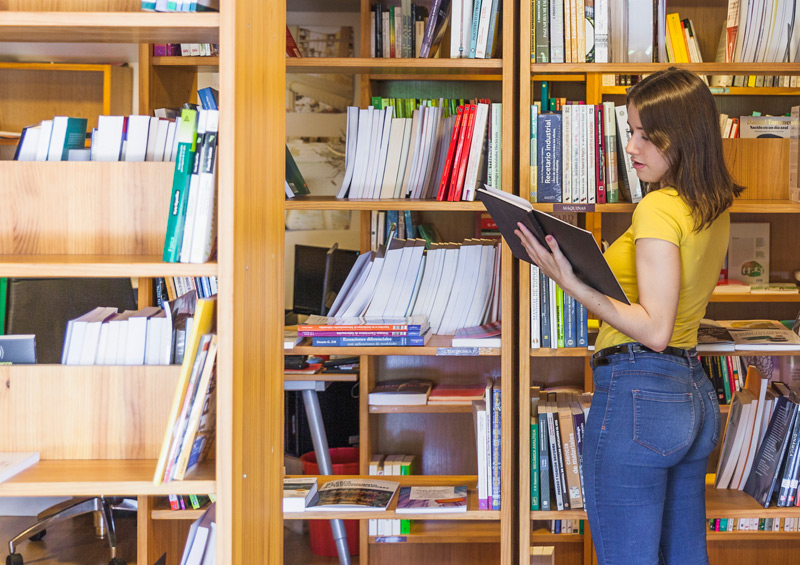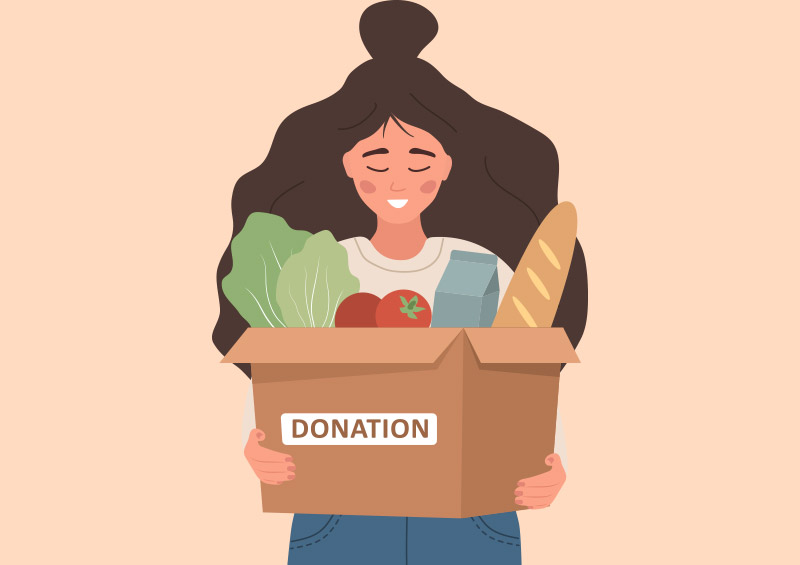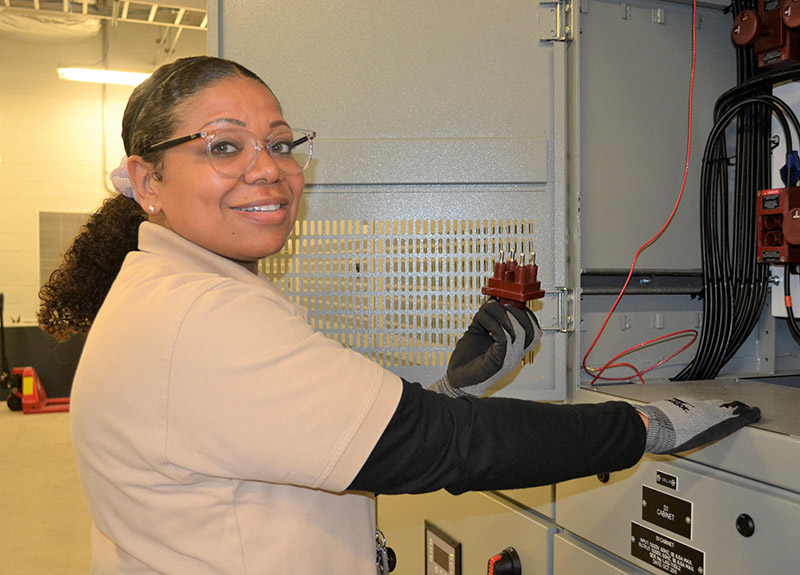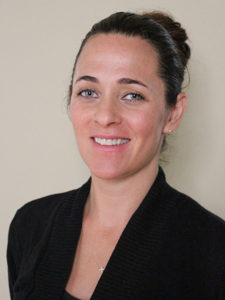Pain Medication
Take the pain medication (like acetaminophen, ibuprofen, or naproxen) that works best for you before your cramps start and take it with a bit of food to prevent stomach upset. When it comes to cramps, it’s much easier to get ahead of the pain with medicine than it is to treat pain that’s already there. Most girls only have cramping the first few days of their period, so as soon as you realize your period is starting, take the pain reliever that works best for you and keep taking it for the first few days of your period. Stop taking medication as soon as you don’t need it anymore, and don’t get discouraged if one medicine doesn’t work that well for you. Often, there is one medication that works better for each individual. Find the one that works well and stick with it!
Heat
It sounds basic, but using heat can really help relieve your cramps and may even work better than some medications! You can use a heating pad on your midsection or take a warm bath. The key is to get heat to the places that are uncomfortable, like your belly or even your back.
Dietary Supplements
More medical studies are needed to determine this for sure, but thiamine, vitamin E, magnesium, and fish oil supplements may help relieve cramps in some women. Make sure you eat in a healthy, balanced way that includes these and other important nutrients.
Ginger
Ginger may help with menstrual cramps and also works great for nausea. You can try a ginger tea or ginger supplement (pills).
Exercise
You may be thinking, Why would I exercise when I am not feeling great? Well, it turns out, one of the many benefits of regular aerobic exercise may be improving menstrual cramps. (“Regular” exercise means you do it every or almost every day and “aerobic” exercise means it gets your heart rate up, so something like running and dancing, as opposed to something like weight lifting.)
Yoga
Yoga poses like cobra, cat, and fish poses have been shown to help with menstrual cramps. Yoga instructors also often recommend poses like child’s pose and reclining cobbler’s pose (also called reclining bound angle pose). Pay attention to how you respond to poses during your period, so you know what works and what doesn’t by feeling it in your own body.
Check out the instructions on pages 9-11 to learn these helpful yoga poses!
Mindfulness
Mindfulness practice has been shown to improve pain. Mindfulness meditation is born out of the Buddhist practice of Vipassana, which translates as “seeing things as they really are.” It involves purposefully paying attention to each moment in an effort to create a state of awareness that is accepting, non-judgmental, and non-reactive. A simple way to start is to sit in a quiet room, close your eyes, and focus your attention on the sound and feel of your breath going in and out through your nose or mouth. Everyone’s mind wanders, so don’t judge yourself when yours does. With practice, you will be able to focus your attention for longer stretches of time and notice that you actually start to respond differently to pain.






